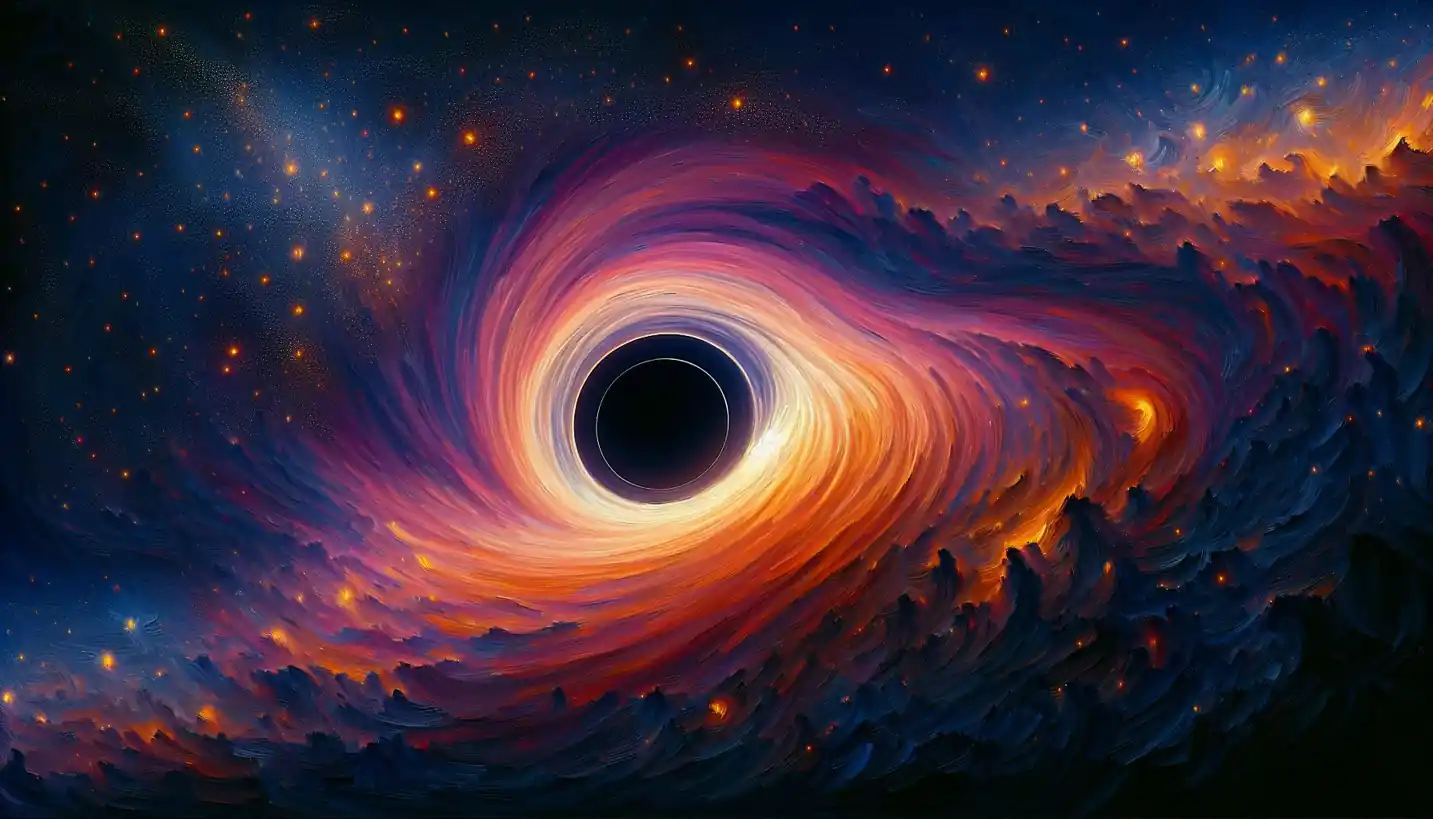· Astronomy · 5 min read
Solar Radiation Pressure: A Cosmic Push
Solar radiation pressure is like a gentle cosmic push that affects spacecraft trajectories. Discover how this subtle force shapes our solar system.

Picture yourself on a sailboat, gliding smoothly over the ocean, driven by the gentle, invisible force of the wind. Now, imagine a similar journey, but in the vast emptiness of space. Instead of wind, these cosmic sails are propelled by sunlight. This fascinating force is known as solar radiation pressure, an intriguing concept in heliophysics and astronomy that sheds light on the delicate dance of planets, spacecraft, and tiny dust particles in space.
What is Solar Radiation Pressure?
Solar radiation pressure might sound complex, but at its core, it’s about light exerting force. When sunlight hits an object, like a spacecraft or a planet, it transfers some of its energy, pushing the object slightly. It’s not a lot, but in space, where there is no air resistance, even a tiny push can make a big difference over time.
This phenomenon results from photons, the tiny particles that make up light, carrying momentum. When photons strike a surface, they transfer momentum, much like tiny billiard balls hitting and nudging a cue ball. This nudge is what we call solar radiation pressure.
How Does It Work?
Think of solar radiation pressure as a gentle, constant wind that fills the sails of a space yacht. While on Earth, wind pushes sailing ships forward, in space, sunlight acts similarly, pushing solar sails to accelerate spacecraft across the cosmos.
The strength of this pressure depends on several factors: the object’s surface area, the distance from the Sun, and the reflectivity of the material. Highly reflective materials, like those used in solar sails, reflect more photons and get a stronger push. The closer an object is to the Sun, the more intense the sunlight, amplifying the force.
Historic Discoveries and Advances
The concept of solar radiation pressure isn’t new. It dates back to the 19th century when scientists like James Clerk Maxwell and Peter Lebedev laid the groundwork. Maxwell’s work in electromagnetism hinted that light carries momentum, while Lebedev’s experiment in 1901 was the first to measure the pressure of light.
Over the years, this idea has evolved, merging with modern technology. One of the groundbreaking projects is the use of solar sails, which harness solar radiation pressure for propulsion. The idea came to life with missions like IKAROS, launched by the Japanese space agency in 2010. By deploying a large, reflective sail, IKAROS was the first spacecraft to successfully use solar radiation pressure for propulsion, demonstrating a new, efficient way to explore the solar system.
The Science Behind Solar Sails
Solar sails are like giant mirrors unfurling in space. They are made from lightweight, reflective materials to catch as many sunlight photons as possible. The sails can be adjusted to change direction, much like maneuvering a sailboat on water. Engineers design them to be as thin and light as possible to maximize the thrust from solar radiation pressure.
The potential of solar sails extends beyond propulsion. They’re considered for de-orbiting space junk, reducing debris in Earth’s orbit. Additionally, their continuous push makes them ideal for long-term missions, possibly even interstellar travel one day, providing a propulsion method that requires no fuel, just the ever-present sunlight.
Beyond Solar Sails: Other Celestial Influences
Solar radiation pressure isn’t just about moving spacecraft. It also affects natural celestial bodies, especially tiny particles like space dust. These particles can be pushed away from the Sun, contributing to phenomena like the tails of comets, which always point away from the Sun regardless of the comet’s direction of travel. This is because the solar radiation pressure, along with the solar wind, blows the coma particles away, creating the characteristic tail.
Astrophysicists study this pressure to understand the dynamics within ring systems of planets and the behavior of small bodies in regions like the Kuiper Belt. It’s essential in missions where precise navigation is needed, as the pressure must be factored into trajectory calculations.
Solar Radiation Pressure and Future Exploration
The potential of solar radiation pressure is vast. Imagine a future where fleets of solar-sailed spacecraft journey to the far reaches of the solar system and beyond, powered solely by sunlight. This could reshape how we explore space, making long-distance missions more feasible and sustainable.
Space agencies and private companies are already investing in this technology. There’s excitement about missions equipped with sails that could one day reach nearby stars. Although we’re still in the early stages, the progress in using solar radiation pressure marks a significant step towards a sustainable future in space exploration.
Why Is It Important?
Understanding solar radiation pressure is crucial for accurate satellite navigation and predicting orbital paths. As we send more satellites and probes into space, knowing how sunlight affects their movement can save time and resources. It’s also a key to unlocking new methods of propulsion that are environmentally friendly and cost-effective, paving the way for endless possibilities in space travel.
Solar radiation pressure might seem subtle, but like many forces in the universe, its effects accumulate over time, subtly guiding the paths of space probes and even shaping the evolution of celestial systems.
The Fascination Continues
In the grand tapestry of the cosmos, solar radiation pressure may seem like just another thread, but it’s a crucial one. It shows us that even in the vastness of space, where distances are daunting and isolation is profound, the gentle touch of sunlight has the power to move and shape the universe in ways we are only beginning to understand.
The more we learn about this fascinating force, the more it fuels our imagination and ambition to reach beyond our current horizons. As we stand on the brink of interstellar travel, propelled by the humble power of sunlight, the universe beckons us forward, one photon at a time.



